A piece on the onager experiment by students Hannah Rock and Lewis Beck:We are archaeology students from Cardiff University, undertaking a month’s fieldwork placement at Butser Ancient Farm. The farm is well known as a site for conducting experimental archaeology.As part of the national Day of Archaeology, the farm organised a ‘Try it Day’, where members of the public could participate in a variety of activities ranging from wattle fencing to stone baking bread. Our activity was to build and test a functional Roman style onager, rectifying the problems found in our first attempt.The onager, named after its donkey-like kick when it fires, is a siege engine developed in ancient Greece and later adopted by the Romans, which sources its power entirely through torsion. The basic framework for the onager is constructed from 4”x4” timber around a 48” x 27” frame with a 46” arm.The site’s original onager, which measures an approximate 10ft in height, faced two key issues surrounding both its ease of use and capability. Firstly, as the rope bundle would not hold high torsion, the siege engine would not fire particularly far in proportion to its large size. Secondly, those who used the original onager faced tremendous trouble cocking it to fire effectively. To conquer the torsion issue, pins would need to be installed to secure the torsion rods in place and prevent the bundle slipping. Furthermore, to amend the struggle of cocking the firing arm, a ratchet system would be installed to crank back the firing arm which would then be fired using a pin on the end of a string.https://www.youtube.com/watch?v=M6jmr_u83swEven though we faced a fair few bumps during the construction of the onager, we managed to construct it just in time to fire on Try it Day! The catapult was set up, we were all dressed up, and the rotten apples were just waiting to be fired. However, there was one problem we were unprepared for; the sheer popularity of the onager amongst the kids. The system worked, firing time and time again in succession, achieving a greater distance each time as the torsion was further racked up. Then disaster struck, in the form of a child cracking the dowel on the firing mechanism. Halted for two hours, we scrambled to find an alternative but safe firing mechanism which would still let the children participate. As the sky broke and heavens opened, we settled for cocking the arm by hand and pinning it through two eyes screwed into the frame of the onager. Regardless of the rain, the children kept in high spirits and carried on participating. Interestingly, the rain aided us in our efforts by lubricating the bundle and dowels, in turn allowing torsion to be again increased, flinging apples further and further until it reached the end of the paddock.Overall, the project was a success and proved popular amongst kids of all ages, successfully introducing them to what you might term ‘experiential’ archaeology. Furthermore, once the dowel on the cocking mechanism is replaced, we aim to conduct some experimentation around the firing of the onager – testing different lengths of sling, and subsequently different firing arcs, to see which is deemed the most effective and efficient method of catapulting projectiles.

 Poetry Winner - Kitty LangdonPoetry Runner Up - Felicity EldridgeOther EntriesAlice Mae DibbAmrita May SinghCallum LeamoreDaniel PooleDexter WylesEva FitzgeraldFinn RobartsIsla EldridgeJasper SimmonsMatthew PooleNoah WylesPenelope WaltonSofia JamesTheo LeonardThomas Mayer
Poetry Winner - Kitty LangdonPoetry Runner Up - Felicity EldridgeOther EntriesAlice Mae DibbAmrita May SinghCallum LeamoreDaniel PooleDexter WylesEva FitzgeraldFinn RobartsIsla EldridgeJasper SimmonsMatthew PooleNoah WylesPenelope WaltonSofia JamesTheo LeonardThomas Mayer

















